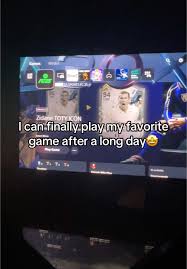The Evolution of the Gamer After the Pandemic

Introduction
The gaming industry has seen tremendous growth in recent years, particularly following the global COVID-19 pandemic. With physical distancing and lockdown measures in place, gaming became a primary source of entertainment for millions around the world. As we navigate through the post-pandemic landscape, understanding the evolution of the ‘gamer after’ is crucial—not just for the industry, but for cultural engagement and social interaction.
Gaming Boom in the Pandemic
During the pandemic, online gaming soared, with platforms such as Steam reporting a record number of concurrent users, peaking at over 26 million in early 2021. This surge was not limited to traditional gamers; many new players embraced gaming as an outlet for stress relief and social interaction during isolation. Games like Animal Crossing: New Horizons became cultural phenomena, providing a space for connection in a time of disconnection.
Emerging Trends for Gamers Post-Pandemic
As the world begins to reopen, the habits developed during lockdowns appear to persist. The rise of hybrid gaming experiences—wherein physical and digital realms converge—has become a focal point for many gamers. Esports tournaments, previously viewed as niche events, have gained unprecedented mainstream attention. Major brands are now investing in this area, with prize pools for tournaments reaching into millions of pounds, further legitimising competitive gaming as a viable career path.
Moreover, the growing diversity in gaming demographics has reshaped community expectations and industry offerings. Women, older adults, and diverse ethnic groups have increasingly taken to gaming, pushing developers and publishers to produce more inclusive content and representation.
The Impact on Social Interaction
For many, gaming has evolved into a primary form of social interaction. Online multiplayer formats have allowed friends and families to connect regardless of geographical barriers. The potential of gaming as a social platform has prompted companies to explore integration with social media and augmented reality, further enhancing these experiences.
Conclusion
The profile of the gamer post-pandemic is a dynamic blend of various identities, lifestyles, and social engagement methods. As the industry continues to innovate, spurred by trends in technology and changing societal dynamics, the future of gaming looks bright and inclusive. Readers should be aware that the significance of gaming transcends mere entertainment—it is redefining how individuals connect, compete, and collaborate in the modern world. With this ongoing evolution, the role of the gamer after the pandemic holds the promise of shaping myriad aspects of society well into the future.









